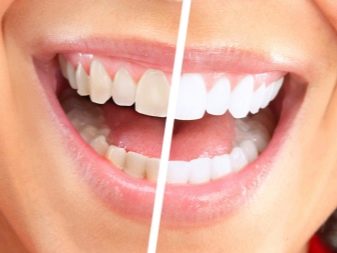Can you brush your teeth with baking soda and how to do it right?
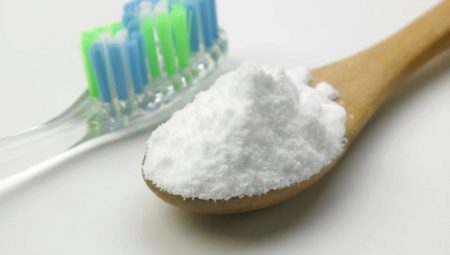
A beautiful smile and healthy white teeth always attract the attention of other people. Therefore, daily oral care is of great importance for any person. You can achieve a snow-white smile by undergoing a whitening procedure in a dental clinic or by purchasing special products in a store or pharmacy. Despite the fact that there is a huge variety of oral care products on the shelves today, many people prefer to use folk remedies, such as baking soda.
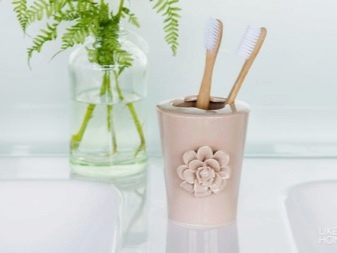

Benefit and harm
You can often hear about brushing your teeth with baking soda in order to get the whitening effect. But before using any remedy, you need to find out how useful it is, and whether it can bring any harm to health.... The advantage of whitening teeth using baking soda is that this method does not require significant financial costs. Soda is sold in any store and is very inexpensive. Compared to dental whitening procedures, the financial benefits are clear.
Baking soda is sodium bicarbonate powder, which is a weakly alkaline compound. It is a natural product, therefore it is considered harmless. Moreover, baking soda actually helps to brighten teeth. In this case, the effect is achieved not only on visible surfaces, but also in hard-to-reach places. Bleaching with baking soda will not give too noticeable results. The teeth will become slightly lighter, but not much.One of the advantages of using this substance for whitening is the achievement of the effect in a short time. Immediately after the first 2 cleanings, the teeth will brighten, however, it must be remembered that the result of this type of whitening is not long-term. Especially if you do not care for the oral cavity.

The benefits of baking soda are more than just whitening your teeth. With its help you can get rid of the unpleasant smell. This is possible due to the neutralization of pathogenic bacteria. When using baking soda, remember that it is a strong abrasive. Therefore, whitening at home can seriously damage the tooth enamel. If too strong or frequent treatment, microcracks can form on the teeth, which is very harmful. This will negatively affect the condition of the enamel in the future. Therefore, bleaching with soda should be done as carefully as possible.
Before carrying out home whitening with soda, it is recommended to strengthen the enamel.... To achieve this, it is worth adding calcium-rich foods to your diet. The most useful are dairy products, cheese, cottage cheese, fresh vegetables and fruits. Calcium preparations are available at the pharmacy. During this period, it is recommended to brush your teeth with fluoride pastes. A good effect is obtained by rinsing with tea tree infusion, which allows you to strengthen the gums and reduce sensitivity. Enamel should be strengthened two or three weeks before starting the whitening course.
You can and should brush your teeth with baking soda, the main thing is to comply with all the requirements. This is the only way to achieve the desired result without harm to your own health.
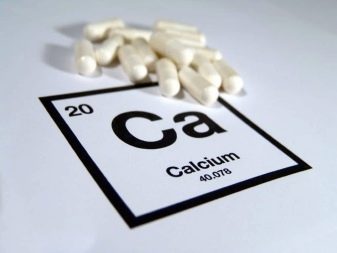
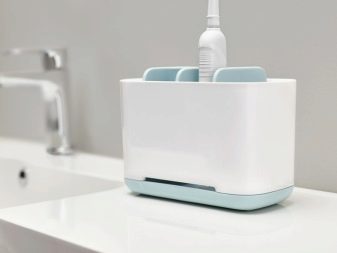
Indications and contraindications
The powder can be used when the teeth are completely healthy, and the person is only worried about their lack of whiteness. Also, baking soda can get rid of plaque and eliminate bacteria that lead to unpleasant odors.
A contraindication to the use of soda is the presence of allergies to it.... In this case, instead of white teeth, you can get a strong allergic reaction. In addition, you should not use baking soda or soda solution in case of bleeding gums - this can lead to a worsening of the condition. And also this method of whitening is not recommended in the presence of inflammatory processes of the oral cavity, such as stomatitis and others. It is also necessary to refuse brushing your teeth with this method in case of hypersensitivity or a thinned layer of enamel.

Application recipes
Baking soda can be used to remove plaque and achieve a whitening effect. That being said, there are several different options for how it can be used. Each person can choose the method that seems most suitable to him.
One soda
Powder can be applied in a clean dry state... To do this, a cotton swab or a finger just needs to be dipped in water, and then immediately dipped in soda. The teeth must be rubbed gently and thoroughly in a circular motion. It is especially important to pay attention to hard-to-reach places. Using this method, it is advised to clean the surface of the teeth for no more than 2 minutes, otherwise the effect of the substances will be too strong. After cleaning is complete, rinse your mouth very thoroughly with clean water.
And also you can use soda diluted in water. The powder must be mixed with water in equal amounts. The result is a pasty mixture. When the composition is too thick or, conversely, too liquid, the proportions can be slightly changed. The resulting mass should be applied to a cotton pad or swab, you can also use a finger or a toothbrush with as soft bristles as possible. The soda mixture is applied to the surface in smooth circular movements, no effort should be made. The entire surface of the teeth is treated. The cleaning time is about 2 minutes.It is imperative to rinse your mouth with water to clear it of the remaining soda mixture.
It gives a good effect rinsing the mouth with soda solution... To prepare it, you need to add one teaspoon of baking soda to 250 milliliters of water and stir until completely dissolved. You need to rinse your mouth with this solution for 20-30 seconds. The advantage of this method of caring for the oral cavity is that the enamel is not exposed to aggressive effects, so the procedure can be performed daily. In addition, rinsing with a soda solution neutralizes acids, which helps protect tooth enamel from erosion that occurs due to the use of various acidic drinks and foods.

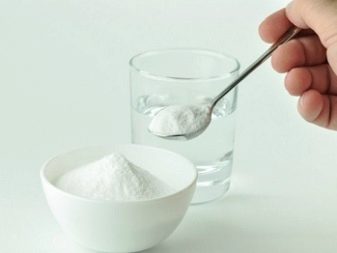
With lemon juice
Since lemon juice has whitening properties, a mixture of lemon juice and baking soda can also be used to achieve a whiter teeth effect. It only takes a few drops of lemon juice.
Dentists do not recommend frequent whitening with lemon juice. The risk of damaging the enamel is too high, but the result will not be long in coming.

With toothpaste
From the tube, squeeze a small amount of fluoride toothpaste and add a little soda powder. Cleansing is done in a circular motion without much pressure for 1-2 minutes. Rinsing with water is the final stage of the procedure.
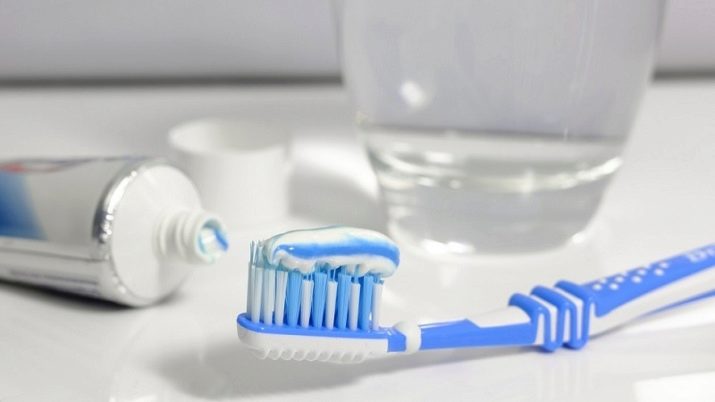
With hydrogen peroxide
Sometimes soda powder is used in combination with hydrogen peroxide. To brush your teeth, you must prepare the composition in a 1: 2 ratio. In this case, hydrogen peroxide of 1-3% concentration is taken. To understand that the mixture is ready, you need to pay attention to the consistency - it should resemble a paste. The oral cavity is processed within 1-2 minutes, after cleaning it is necessary to rinse the mouth.
A burning sensation may occur when using hydrogen peroxide during the cleaning process. In this case, the procedure must be terminated immediately.... Since it is impossible to protect the soft tissues of the oral cavity from the effects of hydrogen peroxide, it must be remembered that this can cause chemical burns. This mixture can be used for cleaning no more than once a week.
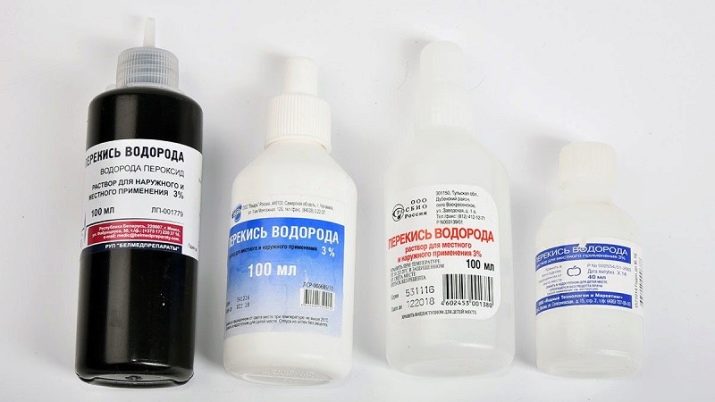
How to clean properly?
Using an active abrasive at home, it is worthwhile to study the basic cleaning rules in advance in order to avoid unpleasant consequences. Do not brush with a toothbrush with too stiff bristles, which creates an additional impact on the gums and teeth. It is recommended to use a cotton pad or cotton swab. If you still want to use a toothbrush, then you need to choose the softest bristles possible. So the enamel is less likely to be damaged, and the teeth will be as snow-white as possible.
And also to preserve the integrity of the enamel during periods when processing with soda is not performed, it is necessary to choose the right toothpaste. For the successful restoration of damaged enamel, it is required to use a paste containing a high content of such mineral components as calcium and fluoride. If gum prolapse is observed, then you should not brush the base of the teeth with baking soda near the gum line. This is due to the fact that the coating under the gums is much softer than tooth enamel and it is much easier to damage it. To cleanse these areas, you need to use your usual toothpaste.
If you experience any discomfort in the mouth when cleaning with baking soda, you must immediately stop using it.


Can i use baking soda every day?
The effect of baking soda on tooth enamel does not allow you to use it daily for brushing your teeth. Too frequent exposure of the tooth enamel to the powder will damage it.... To avoid this, you need to perform procedures with baking soda once every 6-8 days. In some cases, baking soda is used in courses lasting two weeks to achieve a good whitening effect. At this time, cleaning is carried out every other day.After the completion of the two-week period, bleaching with soda can be performed 1 or 2 times during the week.
When using baking soda as a whitening agent, remember that inadvertent use can have negative consequences. But with the right approach to the frequency of procedures, the preparation of cleaning compositions and the process itself, brushing your teeth with soda will help to whiten your teeth at home simply and without large financial costs. A snow-white smile is a symbol of health, beauty and success.

